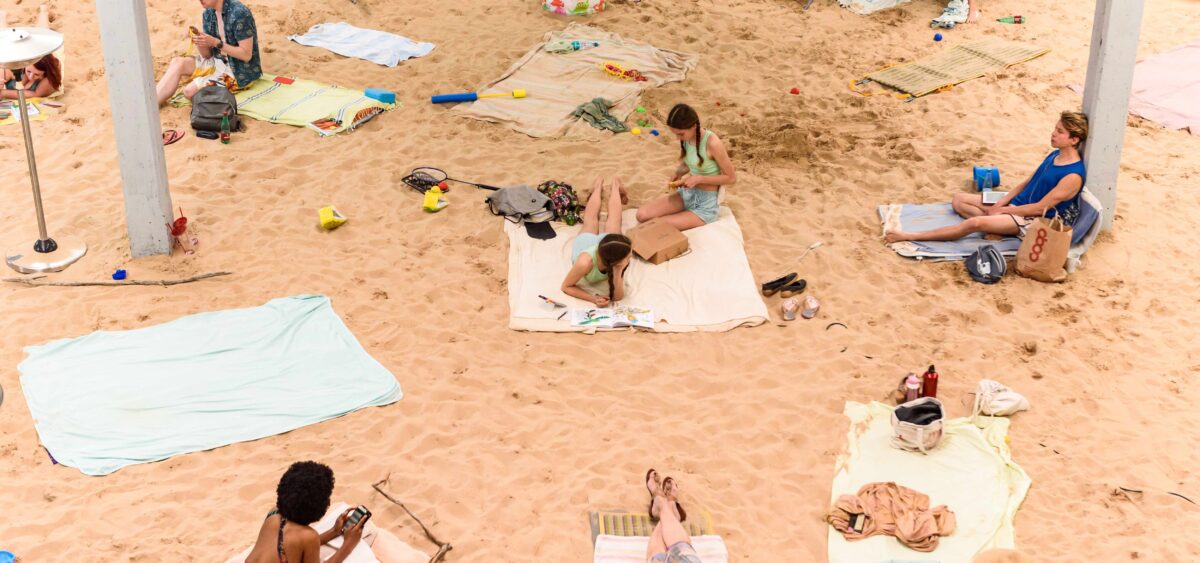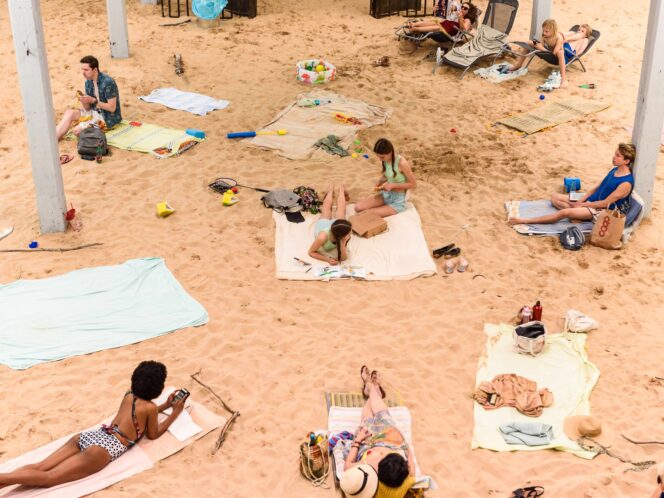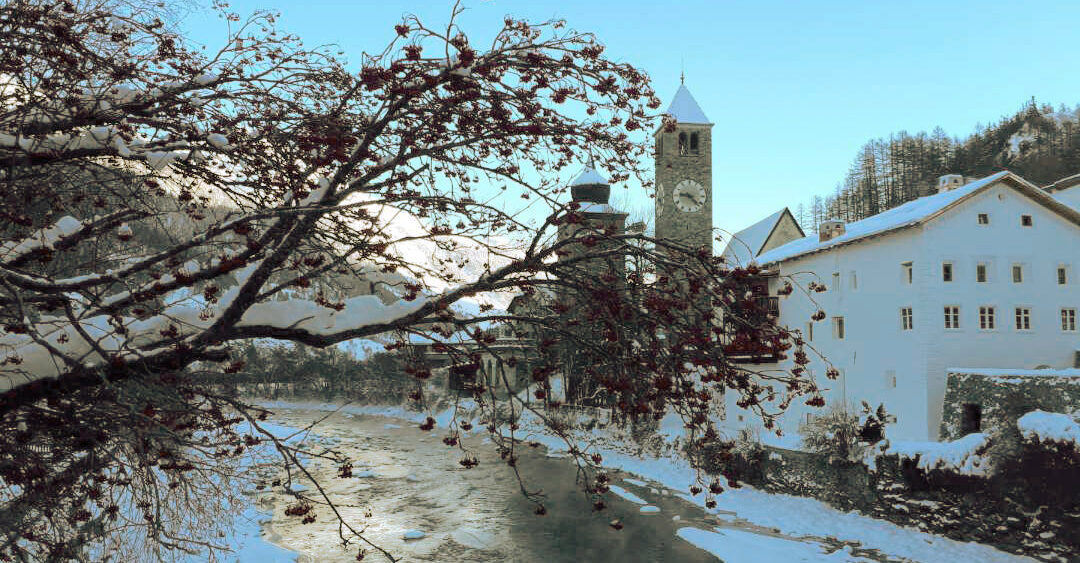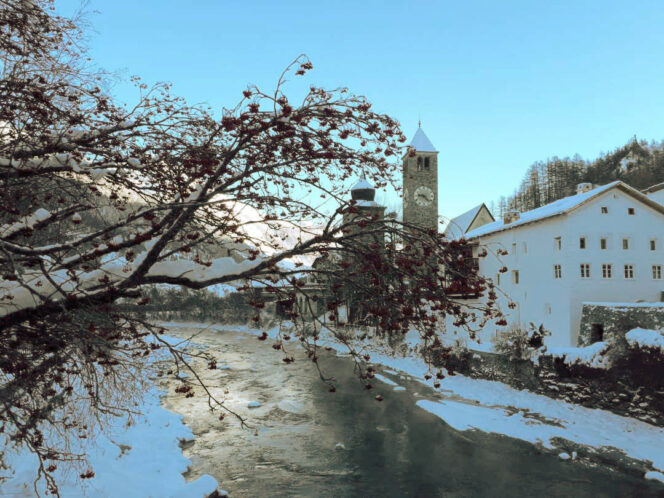
This year’s Venice Biennale Golden Lion winner came from the Lithuanian pavilion. The piece in question–an opera-performance on an artificial beach–encapsulates all the empathy and emotion that each of us might feel towards a world on its way to disaster.
Sun & Sea (Marina). The Venice Biennale 2019 Golden Lion winner, opera-performance by Lina Lapelytė (composer), Vaiva Grainytė (libretto), Rugilė Barzdžiukaitė (scenography). Curator: Lucia Pietroiusti. Comissioner: Rasa Antanavičiūtė.
In July, I go to Venice purely for the purpose of seeing Sun & Sea (Marina), as the commissioner of the pavilion, Rasa Antanavičiūtė, is a friend and my former colleague from Vilnius Academy of Fine Arts. I also know, socially, the composer Lina Lapelytė–no wonder I was curious to see their winning work. Lithuania has a rather fine track record at the Biennale, though it is only the eleventh time it takes part. The magnificent Tube by Žilvinas Kempinas at the Scuola Grande della Misericordia (2009) enjoyed the international art world’s praise ten years ago, and Lithuanians altogether have won four Jury Special Mentions across the country’s eleven appearances at the Biennale: for Jonas Mekas (2005), Nomeda and Gediminas Urbonas (2007), Darius Mikšys (2011), and the group project Oo (2013). But winning the main prize, the Golden Lion, one must agree, is something else.
With a few keyboard clicks, the minor discomfort of a couple hours on a budget airline flight and a delightful motoscafo ride through the lag








